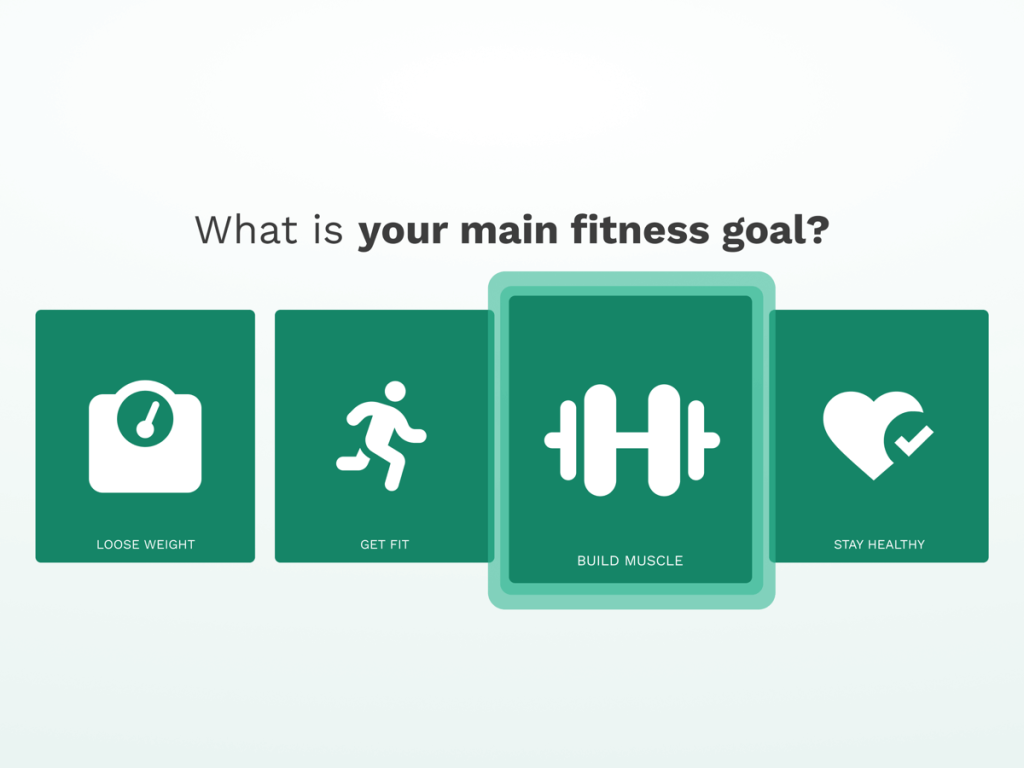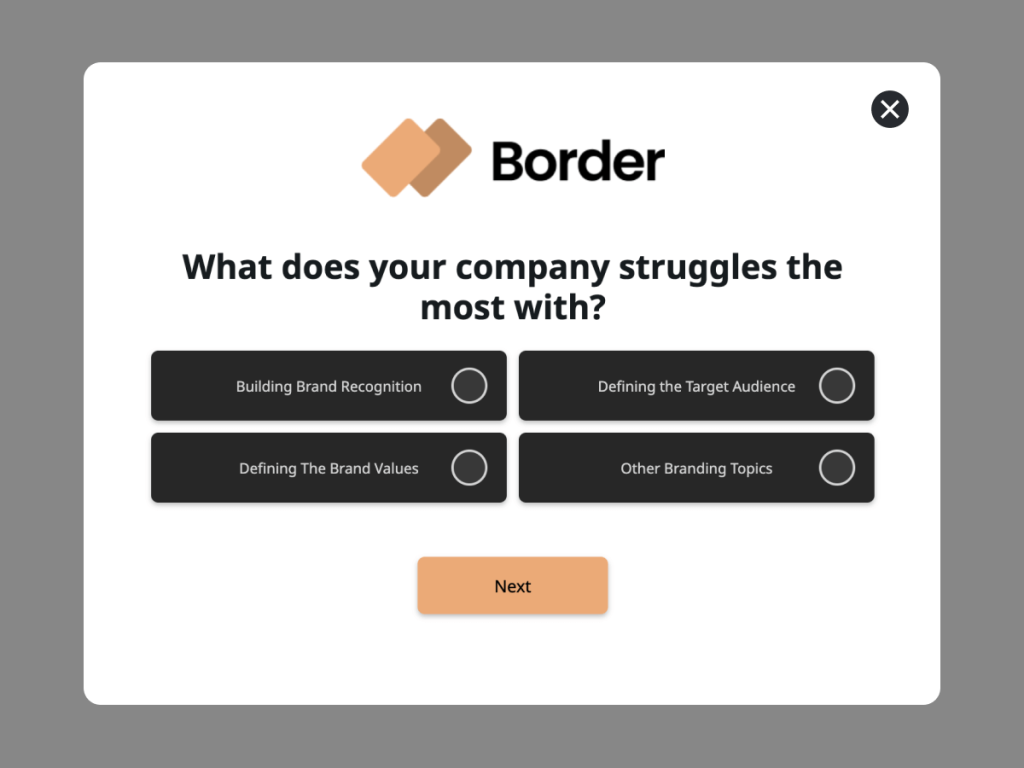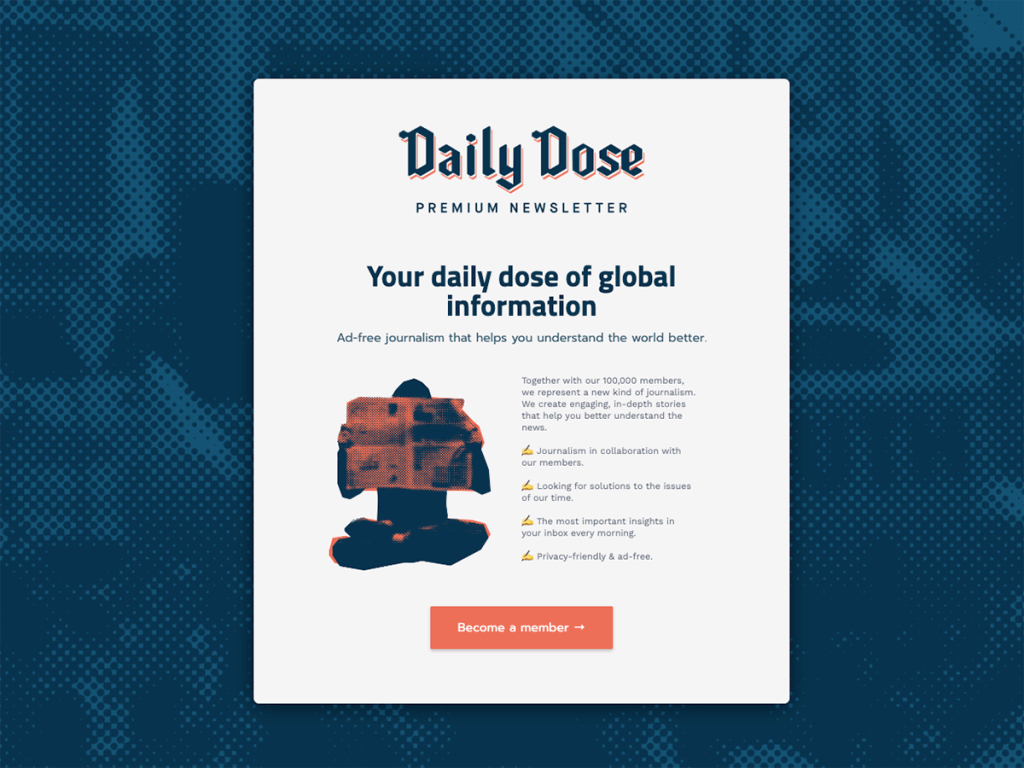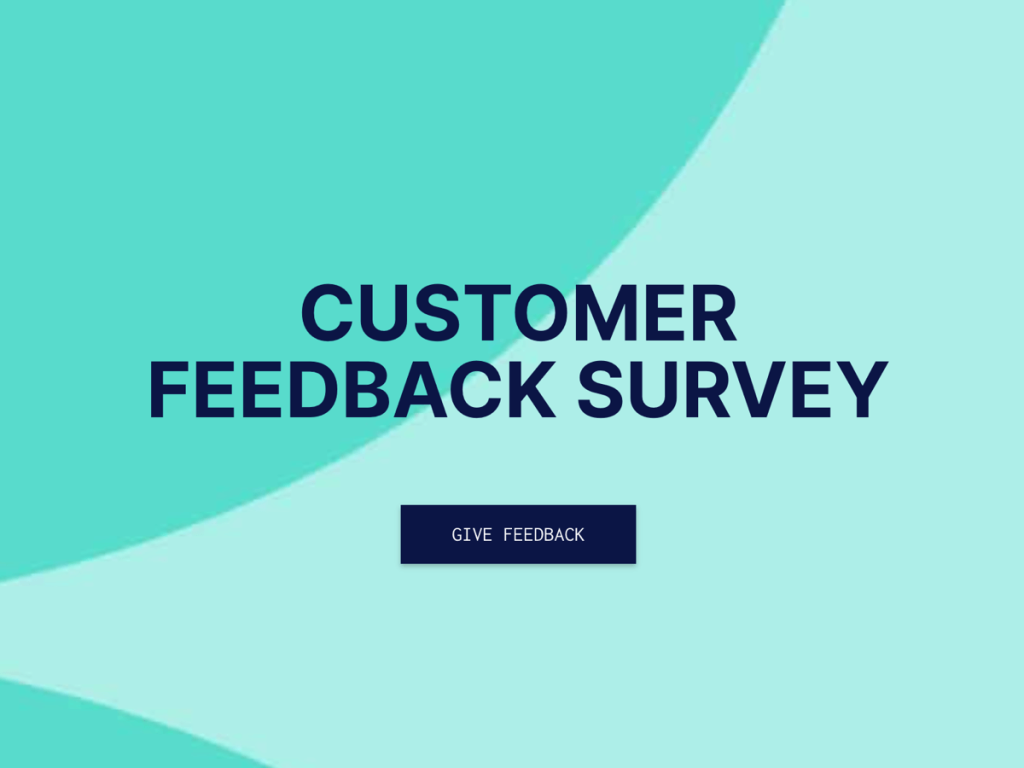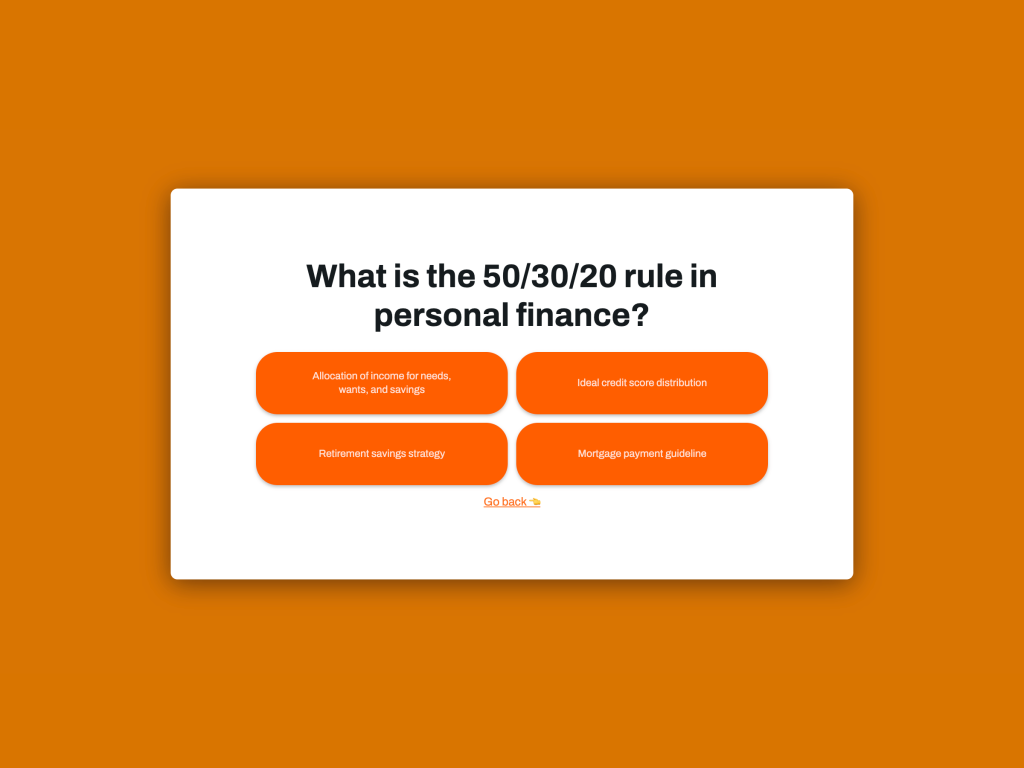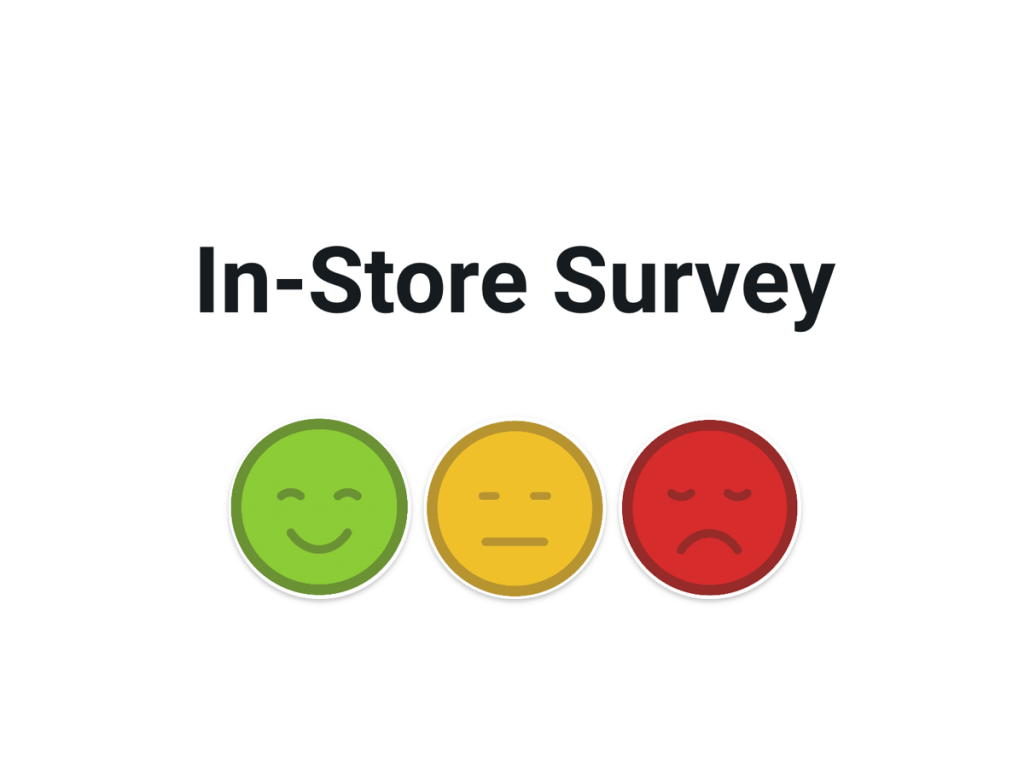Whether you’re a large publishing house or a small indy press trying to carve out a name on Amazon, your success rests on visibility. Do people know that you exist? And if they don’t know your company by name, are they at least seeing your published works?
If the answer is no, then your marketing strategy has a huge problem. If you rely on tried and true marketing mediums like press releases and print ads, you’re woefully behind the ball in the 2020s.
Thankfully, your best bet for visibility and success comes from something you’re already well versed in.
Content.
As a publisher, content is your lifeblood. You produce content and push it out, so why aren’t you generating digital marketing content to help push your releases?
Probably because there’s a lot more involved in content marketing than just creating the content. To succeed, you must understand what makes a content strategy effective and the steps needed to create a winning strategy. Thankfully, that’s what this article is all about.
Let’s touch on how you can inform your content strategy and optimize it for success. We’ve broken the process down step-by-step in the sections below.
1. Outline Your Goals
What do you want to accomplish with this content marketing campaign? That’s the first question that needs to be asked before you even start thinking about your audience.
It stands to reason that before you embark on a journey, you must first understand your destination. Some might balk and say that the goal of a marketing campaign is obvious — you’re trying to make money. But a well-rounded and efficient marketing campaign goes deeper than that surface-level concept.
How much money are you trying to make? What kinds of customers are you looking to bring in? Here’s a look at several goals you might have for your campaign.

For example, if your goal is awareness, then you’re targeting people without knowledge of your content. If you’re hyping the latest installment of a long-running series, you’re re-targeting readers who have already been following you. That’s two completely different audience segments on opposite ends of your sales funnel.
Just make sure that you set realistic goals. Set yourself up for success and base your content marketing goals on hard data. This includes industry trends, audience behaviors, and more. That'll help you set a responsible budget for your campaign and maximize profits.
2. Research Your Target Audience
To effectively market to an audience, you must fully understand who that audience is and what it wants. Are you writing fiction? What genre? Are you creating informative guides that'll help professionals achieve business goals?
There are a few ways to do this.
First, examine your competitors. What are they doing from a marketing perspective regarding messaging and the platforms they’re on? It stands to reason that if you’re producing similar products, you’re targeting the same readers. If it’s your number one competitor, they’re doing something right. So, look at who they’re going after and gather information on the same groups.
Google Analytics can help you determine who’s coming to your publishing website. That includes data on the specific channels they’re coming from and what content they’re interacting with. If you’re getting a ton of clicks from Facebook that interact primarily with your fantasy titles, then Facebook would be a great advertising platform for your fantasy books.
Of course, publishing businesses can traffic in many different genres. That means you must create different buyer personas to segment your readers into categories. Romance readers have different preferences than fantasy readers, for example.

Create profiles for each segment, detailing various common data points, including:
Age
Gender
Preferred platforms
Messaging
Image preferences
Occupation
Hobbies
Marital status
Income
Book format (E-book? Paperback? Audiobook?)
You’ll also want to re-evaluate your audience's demographic information constantly. Trends and preferences change over time. Meaning this isn’t a “set-it-and-forget-it” process.
Once you know this, you can focus on speaking directly to customer pain points.
It’s critical to provide value to your audience by addressing their pain points and offering solutions.
For example, you’re writing a practical guide on starting a new business. Many people seek new ways to work from home and earn extra income. However, with the economy on shaky ground, they’ll need expert guidance on launching a business without breaking the bank.
If they’re entirely green on the subject, they’ll want to know every last detail about starting up. In the image below, you can see how a writer draws from personal experience and directly addresses a reader's pain point.

However, suppose you’re writing this book for entrepreneurs who already have an online business and want to grow. In that case, you’d take a completely different tone, ignoring the start-up conversation and moving into business growth.
Fiction publishers would also need to gather audience information. But they’d execute a content strategy differently. They’re not trying to inform or educate. They’re trying to entertain.
If, for example, you release fantasy novels, create content about the genre and how it's evolved over the years. For example, compare modern fantasy heroes like Jon Snow from Game of Thrones to more classic heroes like Aragorn from Lord of The Rings. Then, compare them to some of the heroes in the fantasy novels you’ve released.
That’s the kind of content fantasy fans will want to read. If they enjoy your take and writing style, they’re more likely to check out what you’re offering.
3. Audit All Existing Content
You may already have a mountain of marketing content to help you with your goals.
But if you have this content already, why hasn’t it been paying off? Because it’s not optimized and targeted correctly.
Optimized copy follows a few best practices.
It begins with specific keywords that are popular with your target audience. Target keywords relate to questions your audience asks or problems they have that your product, service, or content aims to solve. Sprinkle these terms into your content naturally. You should also include them in your H2 headers (at least one), your introduction, your conclusion, and SEO (search engine optimization) features such as alt text for images, meta titles and descriptions, and URL slugs.
Include links to relevant internal content throughout your site. For example, if you write an article on how to develop a character arc, you can link it to a previous article you published on writing your first fiction novel. That internal linking strengthens your website’s SEO and helps optimize both articles simultaneously.
Finally, find high-value, relevant industry-related websites to feature backlinks to your content. In the publishing world, that could be getting a link listed in a book review blog or having your novel cited in an article about fictional characters. “High-value” in this context means high domain authority (over 50). You can find a website’s domain authority (also called domain ranking or DR) by using a tool such as Ahrefs.

A content audit can give you an idea of what you already have and how optimized that content is. This can inform your strategy going forward while saving time and money.
For example, if you’re creating an online business guidebook, an article from 2020 about working from home during the pandemic could be re-oriented. Change it into a modern article about the benefits of working from home in today’s business environment.
You’ve taken the skeleton of existing content and repurposed it to contribute to your present goals.
An audit will also help you keep track of outdated content that needs updated statistics. You might have to delete some content entirely if it's wildly outdated. Or, if you’ve been creating content for many years, you may have duplicate content of which you were previously unaware.
Pro Tip: SEMRush has an amazing ultimate guide to a content audit which gets super granular. We highly recommend reading it if you either want to do a serious deep dive into content auditing or you have thousands of pieces of content to audit.
Once you have your existing content laid out with repurposing opportunities, it’s time to start forming a solid strategy.
4. Decide on Content Marketing Methods and Formats
Think about everything you learned about your audience in our second step. What kind of content resonates with them? That’s the content you should be focusing on for your marketing campaign.
Don't think that having a great content writing strategy only applies to writing text-based articles. When done and designed right, content marketing applies to your site pages, lead magnets, sales playbook, and emails. It can also focus on various mediums, including video, audio, text, and combinations of the three.
Your content strategy can (and should) include your strategy for every social media channel you utilize - YouTube, TikTok, Instagram, LinkedIn, Twitter, Facebook, and more. Some use short-form text, some long-form text, and some video. You need to strategize according to your target audience and plan accordingly.
There are many different content formats you can focus on. Tailor Brands outlines four in its article on starting an online business. We’ve included all four in the image below.

Now, the question becomes, how can we use these four marketing methods in the publishing industry?
Direct outreach for publishers can come in the form of email marketing. This includes online newsletters, communicating about new releases, and hyping any discounts on your titles. It can also include contacting book retailers directly when trying to find additional stores to carry your titles.
Readers love social media. That’s why platforms like Facebook have become hugely popular for publishers of all sizes. You can create a community through a Facebook group. Not only can you share information and engage with readers directly, but you can also encourage readers to interact with one another, share reviews, and offer suggestions. It’s a user generated content goldmine!
Create Branded Forms With Templates
Collect user generated content faster
Influencer marketing for publishers could include prominent book bloggers. These people have created large trusted audiences around themselves, becoming a brand in their own right. That means you can leverage their followers' trust by getting them to review your books and make recommendations.
Because you’re soliciting reviews from these influencers, no money changes hands. Typically, bloggers will provide a review for nothing more than a free copy of the book. They need content for their audience, and you need to reach that audience. So, it’s a win-win.
Paid advertising in publishing can take many forms. You can run Google search or display ads. Display ads are particularly effective as you can showcase cover art to draw readers in.
Agencies that bring the world of influencer marketing and paid ads together and blend it with the convenience of SaaS are paving the way for businesses and freelancers who want to partner with influencers without having to vet them on their own.
You can also retarget ads, showing your content to people who have already been on your site and looked at some of your titles. If someone clicked through your romance titles, for example, you could have those same titles pop up through display ads on social media and other sites affiliated with Google’s display network.
Visuals can go a long way when trying to reach a target audience with literary works. For a publisher, cover art entices and evokes emotions in your audience. That cover art should be used for everything from online banner ads to social media posts and custom posters at bookstores and libraries.
5. Perform Keyword Research
Now that you know what content you need to make, it’s time to optimize.
With keyword research, you can find trending topics within your niche of the publishing world. You can determine what your audience is searching for and optimize your content accordingly.
Of course, Ahrefs and SEMRush have their keyword research tools, and while they are outstanding, they do cost a pretty penny (starting at $99 monthly).
Fortunately, Google has a keyword planner tool that’s free to use. With this free service, you can enter the keywords you’re interested in and get a full view of how they typically perform and what kind of competition they have.

In this example from Google’s keyword planner, you’ll see that it not only gave information on the keywords we entered but also provided suggestions that have a high search volume and low levels of competition.
These high-volume, low competition terms are the true low-hanging fruit of the SEO world, and something you should focus heavily on.
SEO is a huge part of content marketing to implement during the content creation process. This includes utilizing the keywords and establishing internal and external links to and from your content.
Since SEO must appeal to Google’s constantly shifting search algorithm, partnering up with an SEO specialist or firm is a good idea.
6. Time to Execute
Now, it’s time for execution. Of great content, that is.
First, let’s review our previous steps.
Recall the goals you initially set out. What kind of content will help drive the conversions needed to reach these goals? For example, if you’re trying to increase book sales by 20% this quarter, you’ll need to focus on content that drives conversions. Something like influencer marketing can lead directly to increased sales and might be a good choice.
What have you learned about your target audience? What are the preferred content types for each buyer persona? If email marketing is more successful with historical fiction readers and Instagram ads are winning with YA fiction, you can use this valuable data to set yourself up for success.
Analyze your content audit. This is key. Before spending the resources to create a bunch of new content, optimize what you already have! Then, once you’ve done that, fill the gaps with new optimized content.
Which content marketing methods have you chosen? Remember to choose marketing methods according to your target audience. When planning your strategies, outlining where your content will go can help you decide what needs to be created and when.
What are the high-volume, low competition keywords you’ve identified? Make sure you pair the right keywords with the right audience(s) and the right platforms. What kind of content can you create around those terms for maximum optimization? Get creative to stay competitive, but don’t forget your goal is always optimization.
Tools like ClickUp can help you stay on track and keep your team on the same page. Use tools like Grammarly to check for spelling and grammatical errors. Use Hemingwayapp to improve readability. If you’re creating videos, use professional editing software.
When publishing, consistency is critical. For our earlier example of a book about starting an online business, you’d want to market on professional platforms like LinkedIn.
When building an audience on LinkedIn, scheduling posts can help you maintain a regular schedule without sacrificing quality. A social media management tool can schedule LinkedIn posts in advance, like in the image below.

This lets you plan your content and ensure that it aligns with your overall strategy. This also gives you the flexibility to post when your audience is most active, which increases the likelihood of engagement.
Pick a posting schedule and stick to it consistently so your audience knows when to expect your posts. Consistency helps build trust in your brand and we all know trust is an essential ingredient in brand growth.
Conclusion
Publishing businesses can see a lot of success with the right content strategy. Unfortunately, putting out press releases has gone the way of the Dodo bird and won’t help you reach the top of the mountain.
Embrace the power of modern digital content marketing and maximize your publishing house’s visibility. Start planning content. Create a winning strategy that'll help your releases explode in popularity.
Author
Alex Sloane is a freelance writer and content optimization specialist. He has worked with dozens of SaaS and B2B companies to capture more organic traffic from better content. Recently making the full-time jump to freelance work, Alex loves forming new partnerships.

